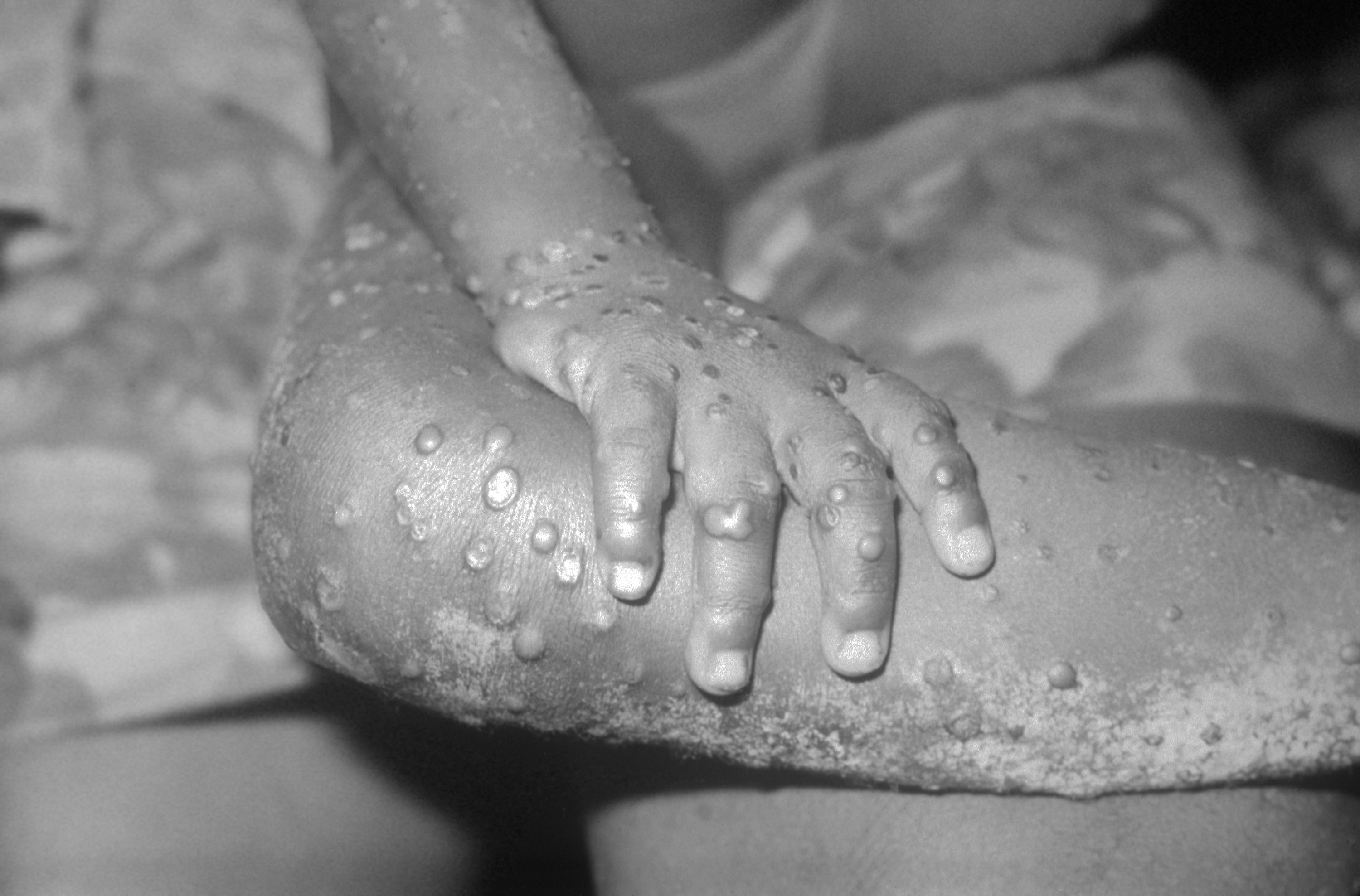Latest news about monkey pox. In light of the increase in reported, confirmed and suspected cases of this disease, Peruvian authorities have issued a first reaction from the health sector to arrange for rapid action to ensure the well-being of citizens.
Although to date no cases have been reported on the national territory, the Ministry of Health, led by Jorge López, offers the first official data and coverage on this subject. a disease that has affected Europe and Africa on a large scale.
What you should know today | Monkeypox: Learn more about the disease before health warnings
As part of MINSA’s first action, health warnings were announced in the country, taking into account what is happening in the world. monkey pox – simica or ‘monkeypox’ – was first discovered in apes in the 1950s, but only in the 1970s spread to humans.

This is the term used to refer to suspicion of a situation that has the potential to pose a risk to the health of the population in a particular areaso it is very important to take quick, urgent, and effective action to realize the welfare of citizens.
It is considered a preventive method which is activated in certain situations which are deemed dangerous by the relevant authorities. In addition, it has been reported that Peru will have Epidemiological precautions for viral diseases which has not added any cases in our country.
These first preventive measures will involve continuous population monitoring by the National Centers for Epidemiology, Disease Prevention and Control (CDC) and the National Institutes of Health (INS). In addition, the possibility of purchasing a vaccine to inoculate the population against monkeypox is being evaluated.

monkey pox is the name given to this rare disease that can be transmitted through contact with animals or close contact with infected people or materials.
Where are the cases registered? A report has been issued from the UK, the first country to alert the WHO about the disease. There are also suspicions in Spain, Portugal and the United States, of being linked to the West African variant, which the WHO has described as “less serious”.
Regarding the situation in the UK, the World Health Organization explains that the variant has a 1% mortality rate, while Central Africa rises to 10%.
In the face of suspicion, it is important to go to the nearest medical center and avoid making a self-diagnosis based on assumptions or self-medication.
According to the official article published in El Peruano, health specialists have detected these symptoms:
– Fever.
– Headache.
– Muscle ache.
– Back pain.
– Swollen lymph nodes.
– Cold and fatigue.
– Other symptoms to watch out for are: the appearance of a skin rash, especially on the face, which can spread to other parts of the body.
Read on

“Internet trailblazer. Troublemaker. Passionate alcohol lover. Beer advocate. Zombie ninja.”

:quality(85)//cloudfront-us-east-1.images.arcpublishing.com/infobae/6TC6UURJPNCS3MGADRQZ7S6ZZE.png)





